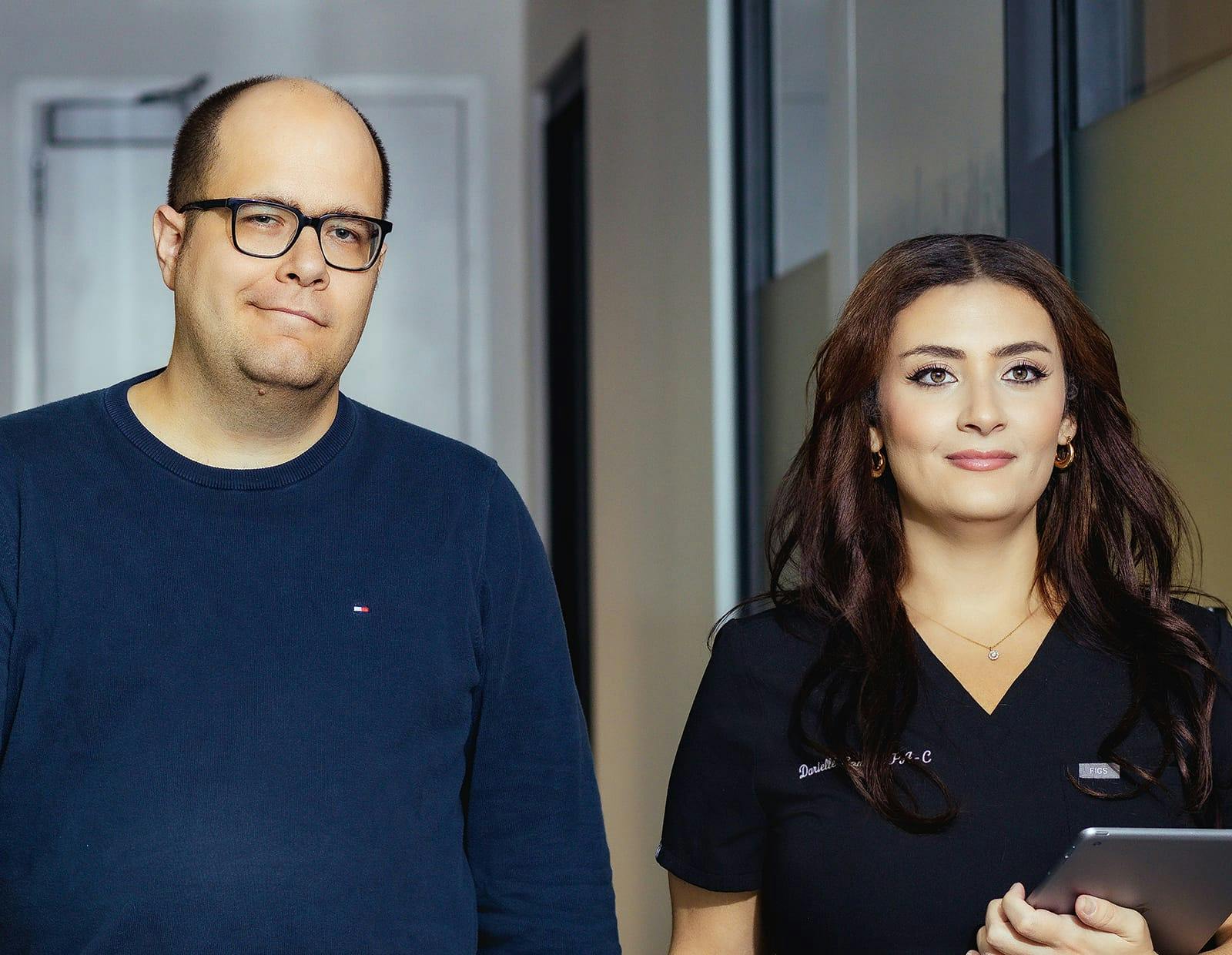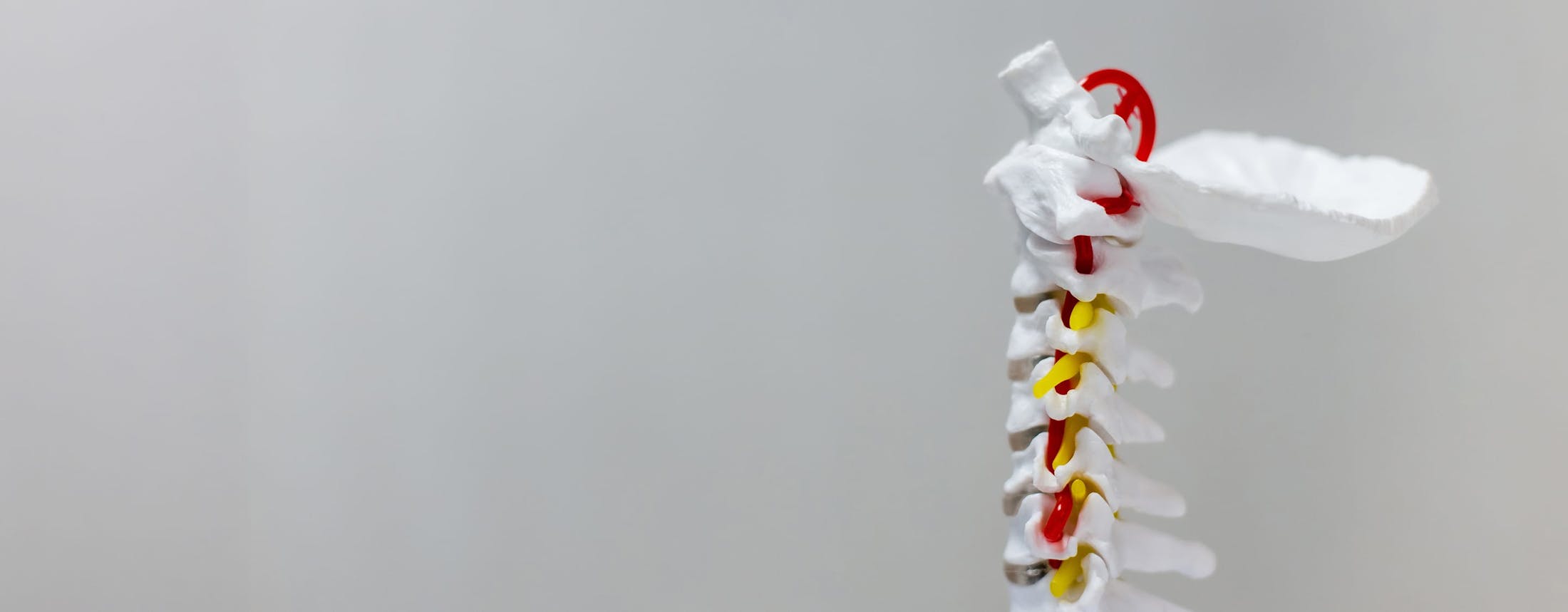Lumbar radiculopathy, commonly known as sciatica, occurs when a nerve in the lower back is compressed or irritated, often due to a herniated disc or spinal degeneration. This condition can cause sharp pain, tingling, or weakness that radiates from the lower back down the leg. Treatment options range from physical therapy and pain management to more advanced interventions for severe cases.
Symptoms of Lumbar Radiculopathy
Lumbar radiculopathy often causes sharp, shooting pain that radiates from the lower back to the buttocks and legs. Many individuals experience numbness or tingling in the legs and feet, along with muscle weakness that can affect mobility. The pain may worsen with prolonged sitting or standing, making it difficult to walk or perform everyday activities comfortably.







